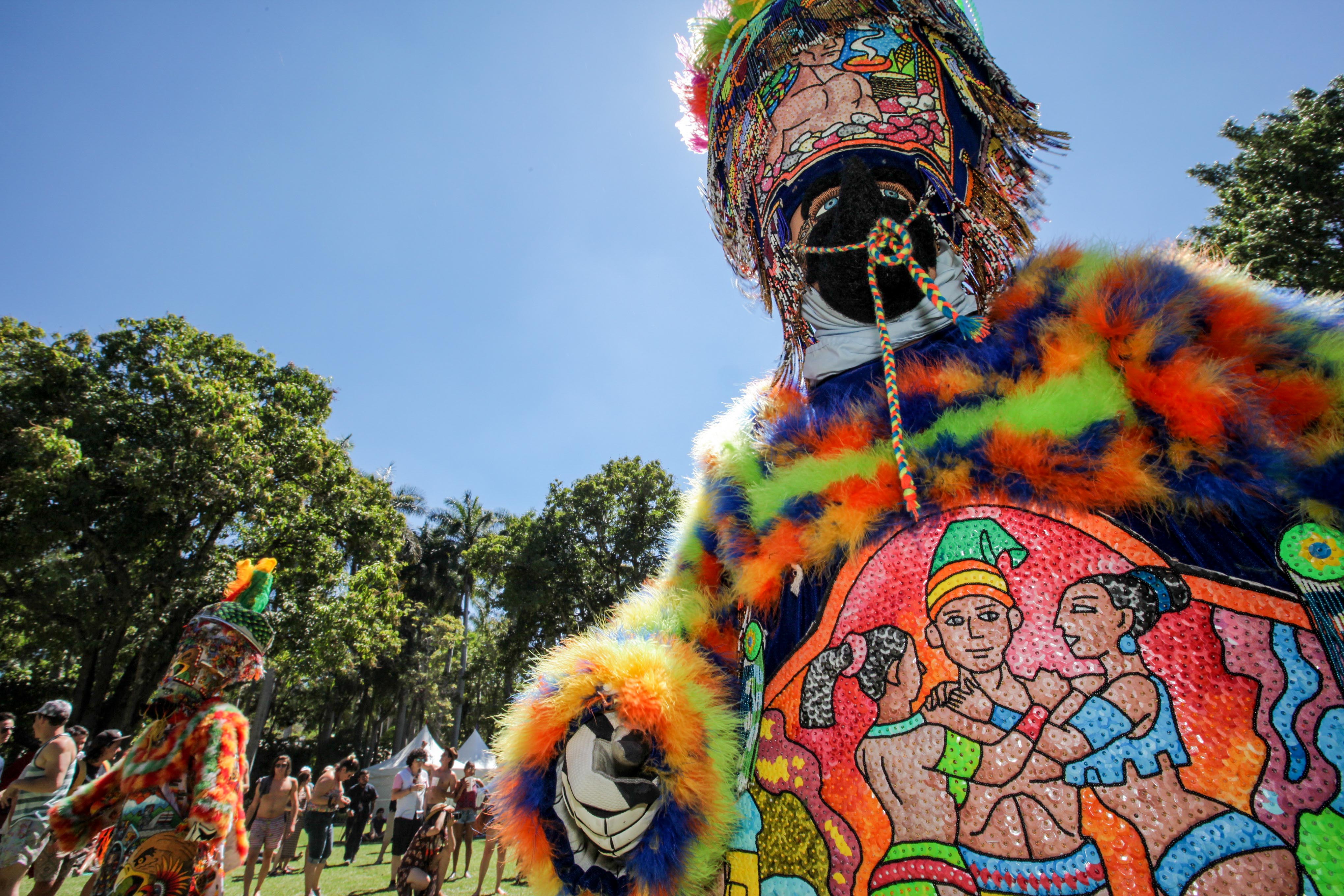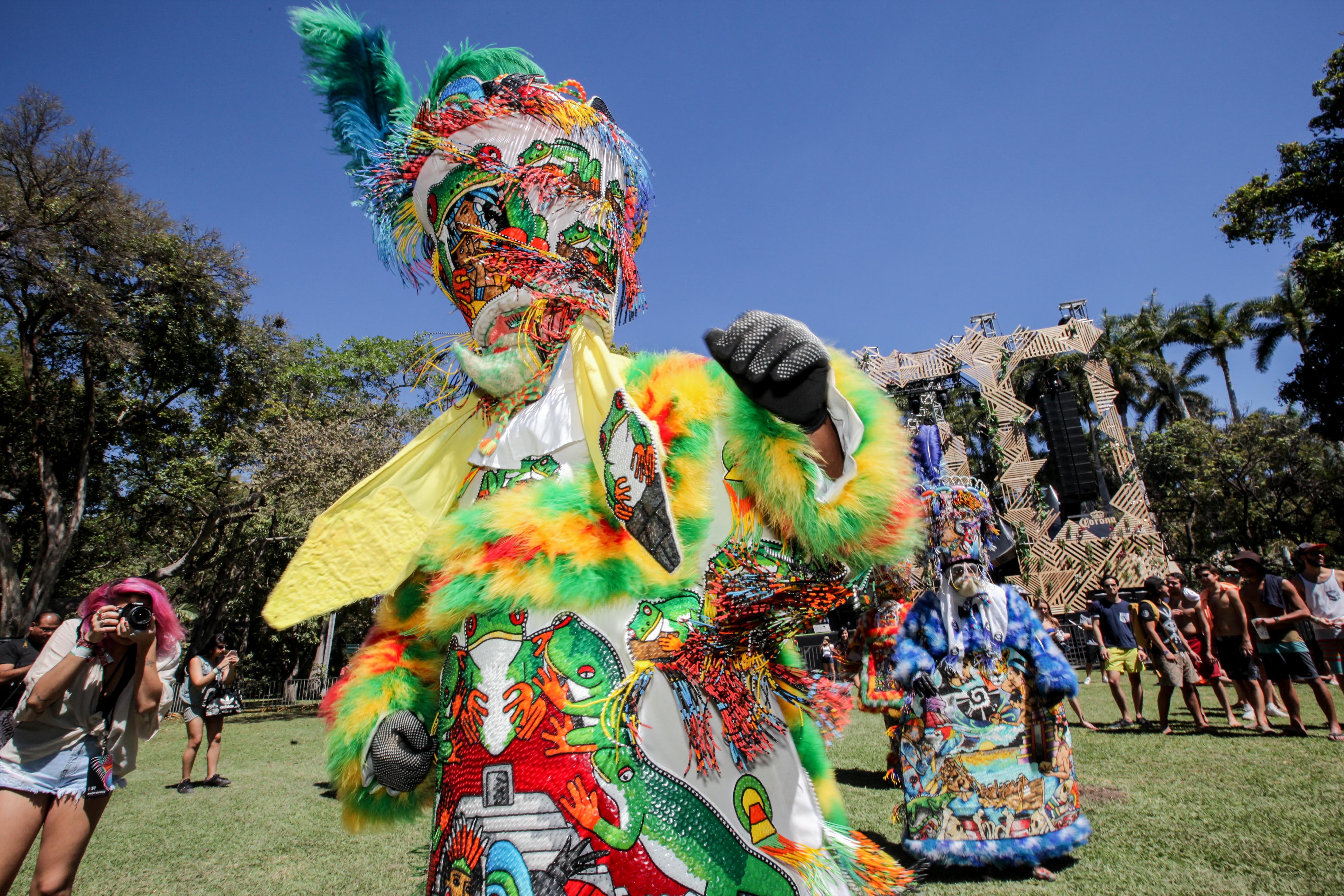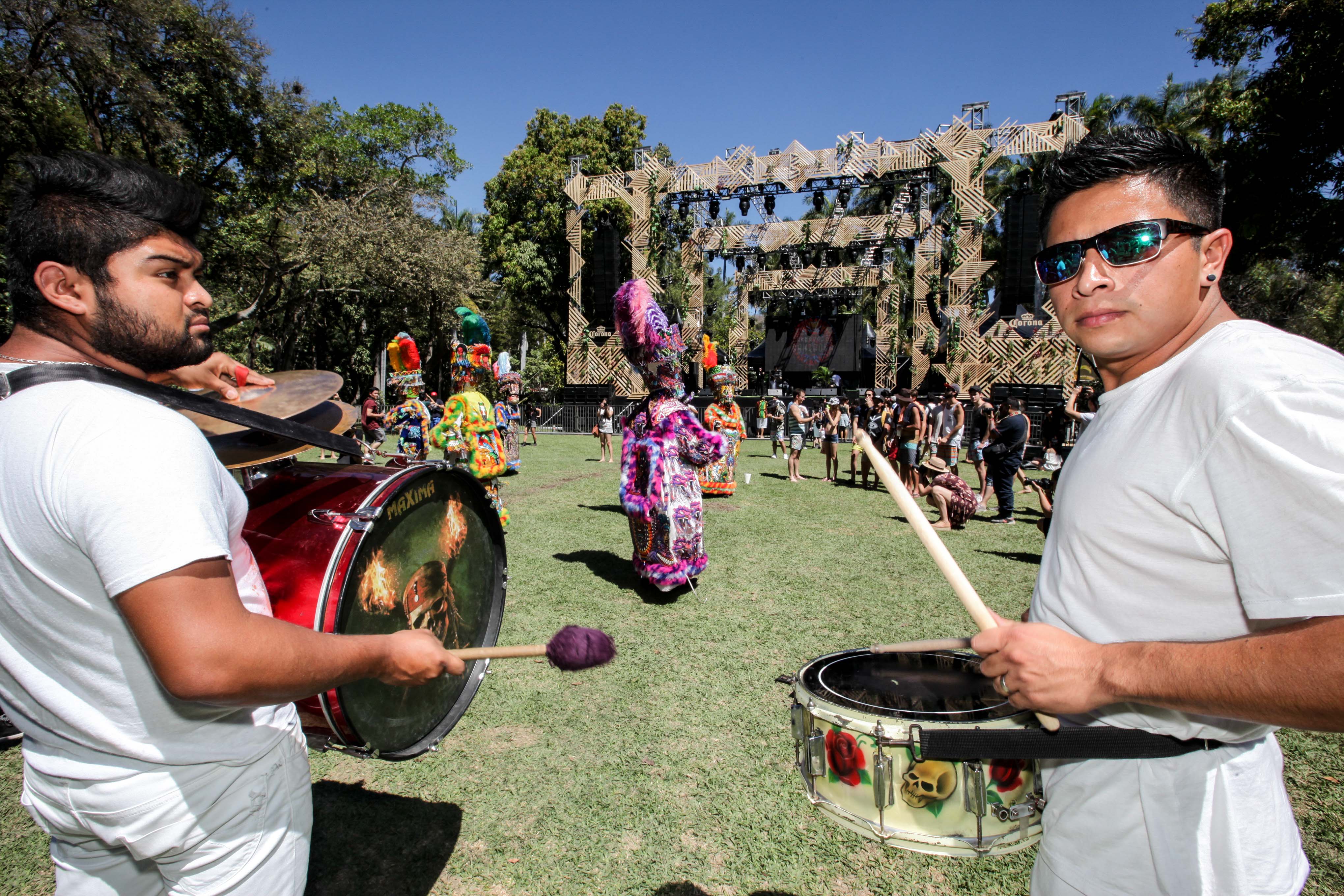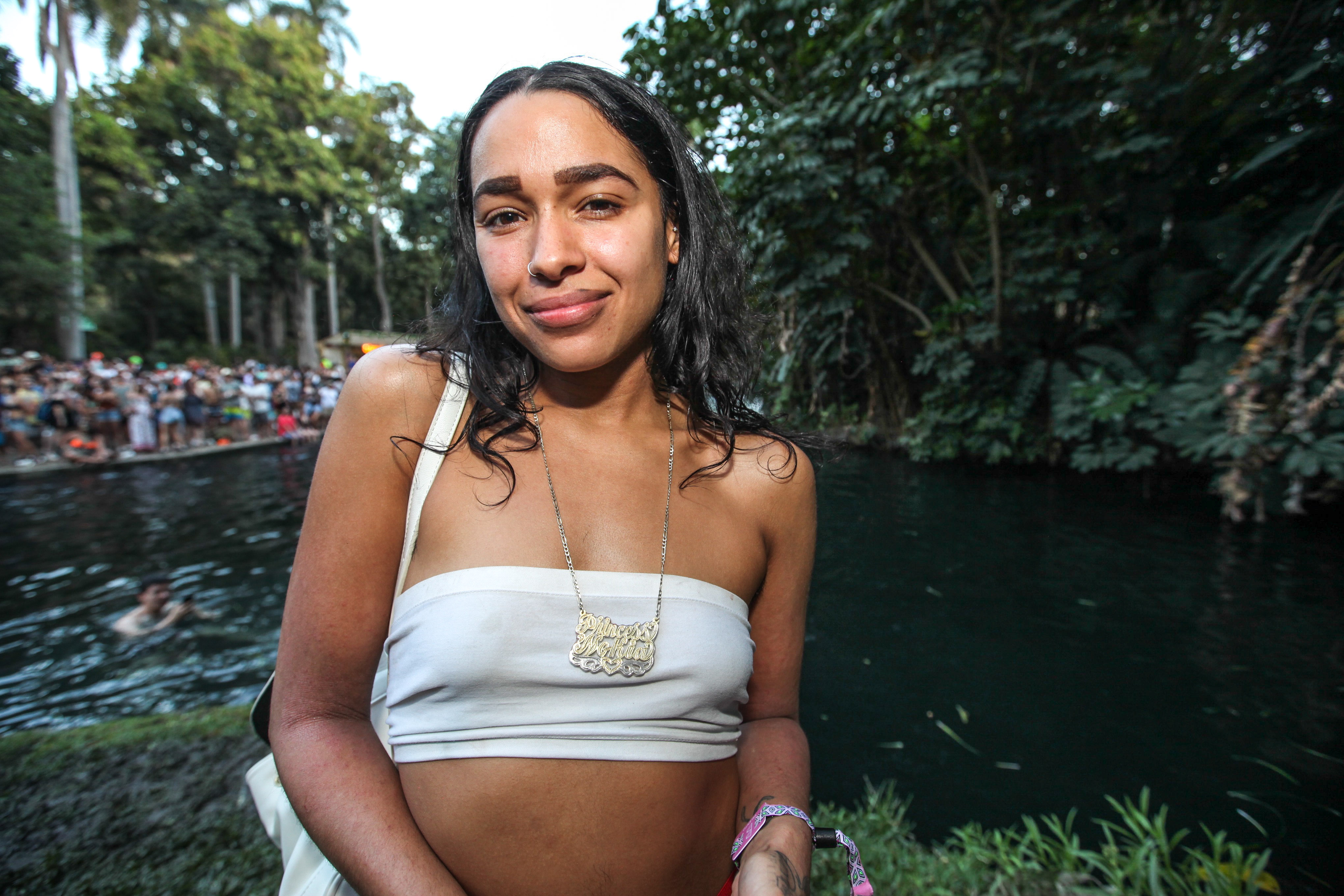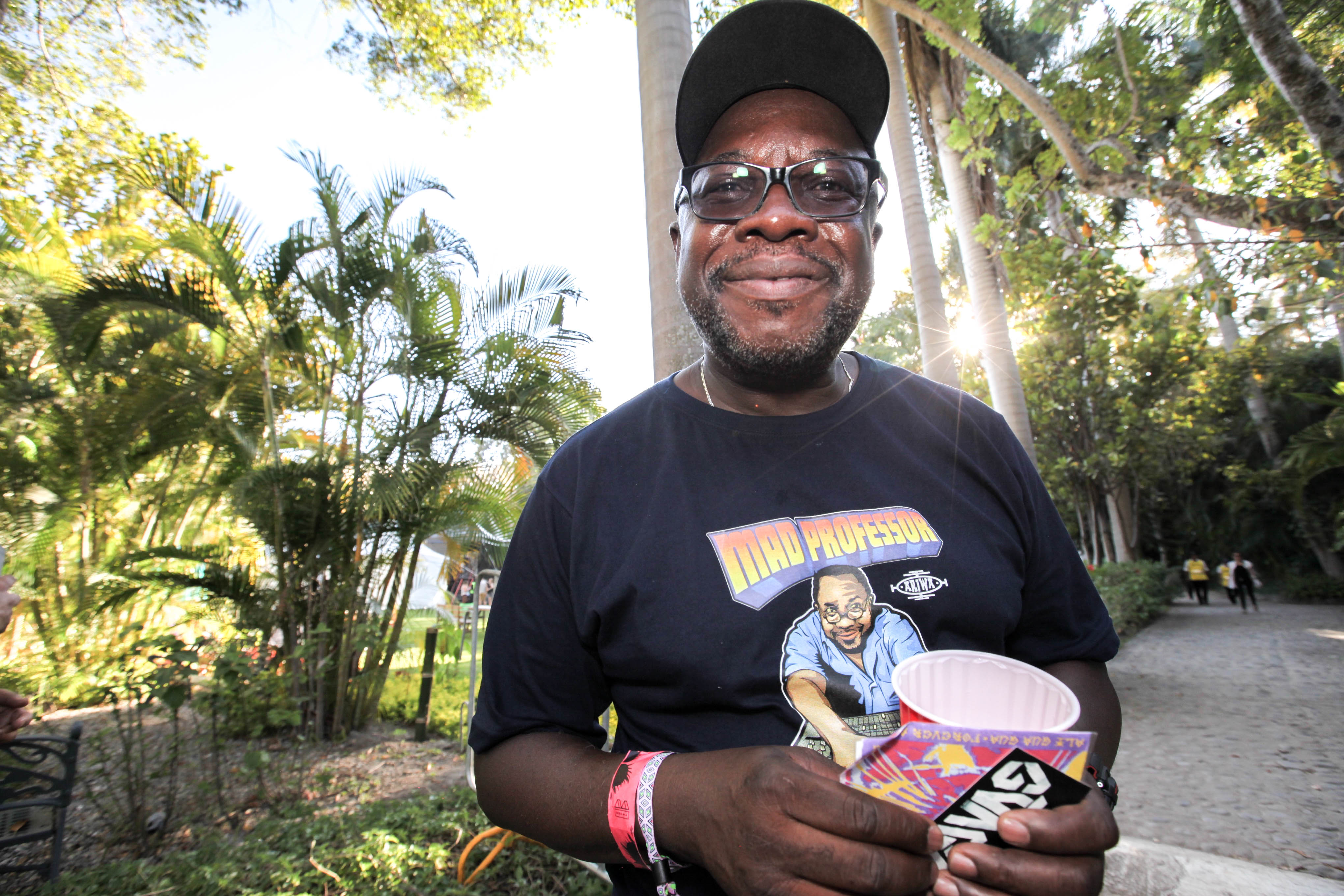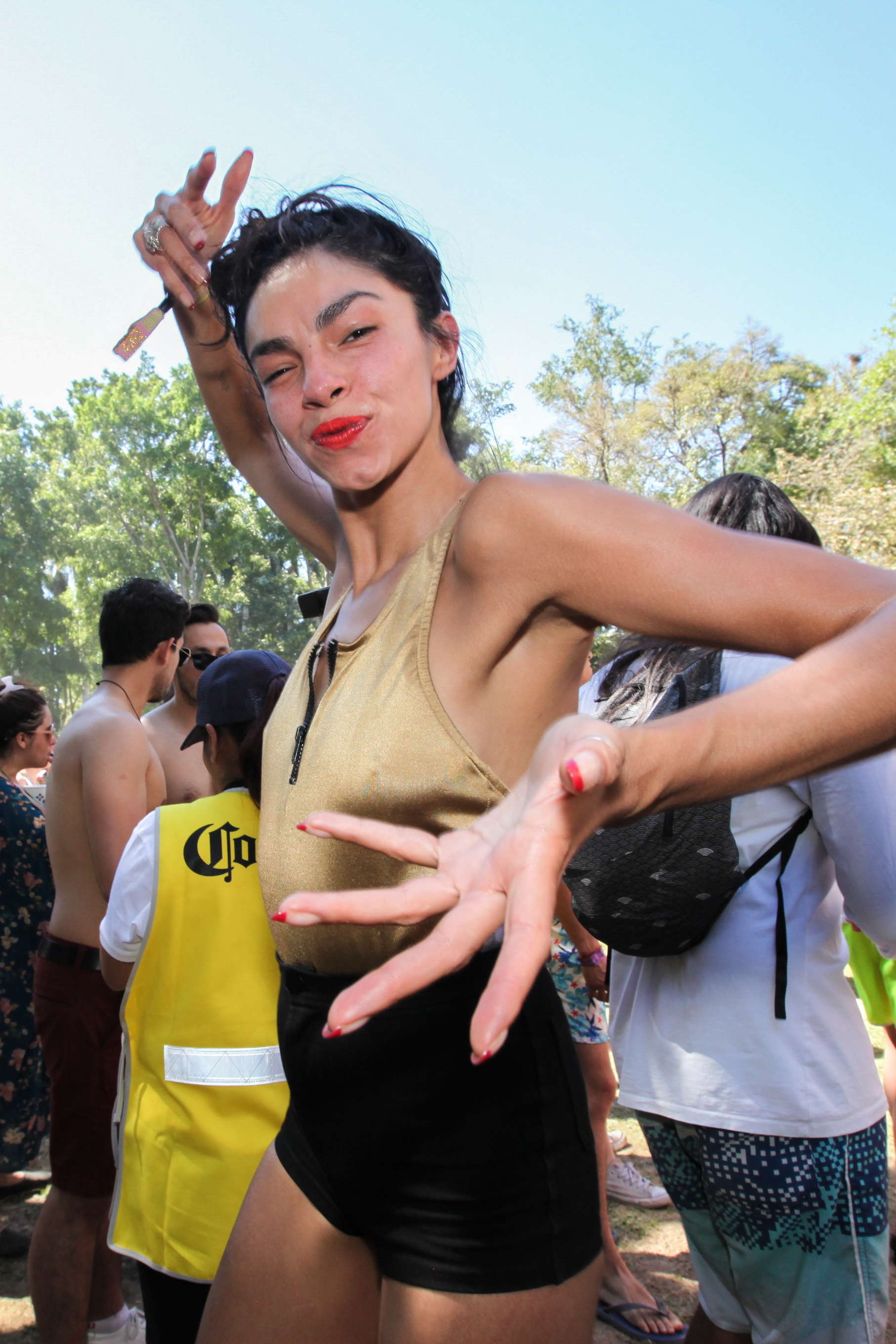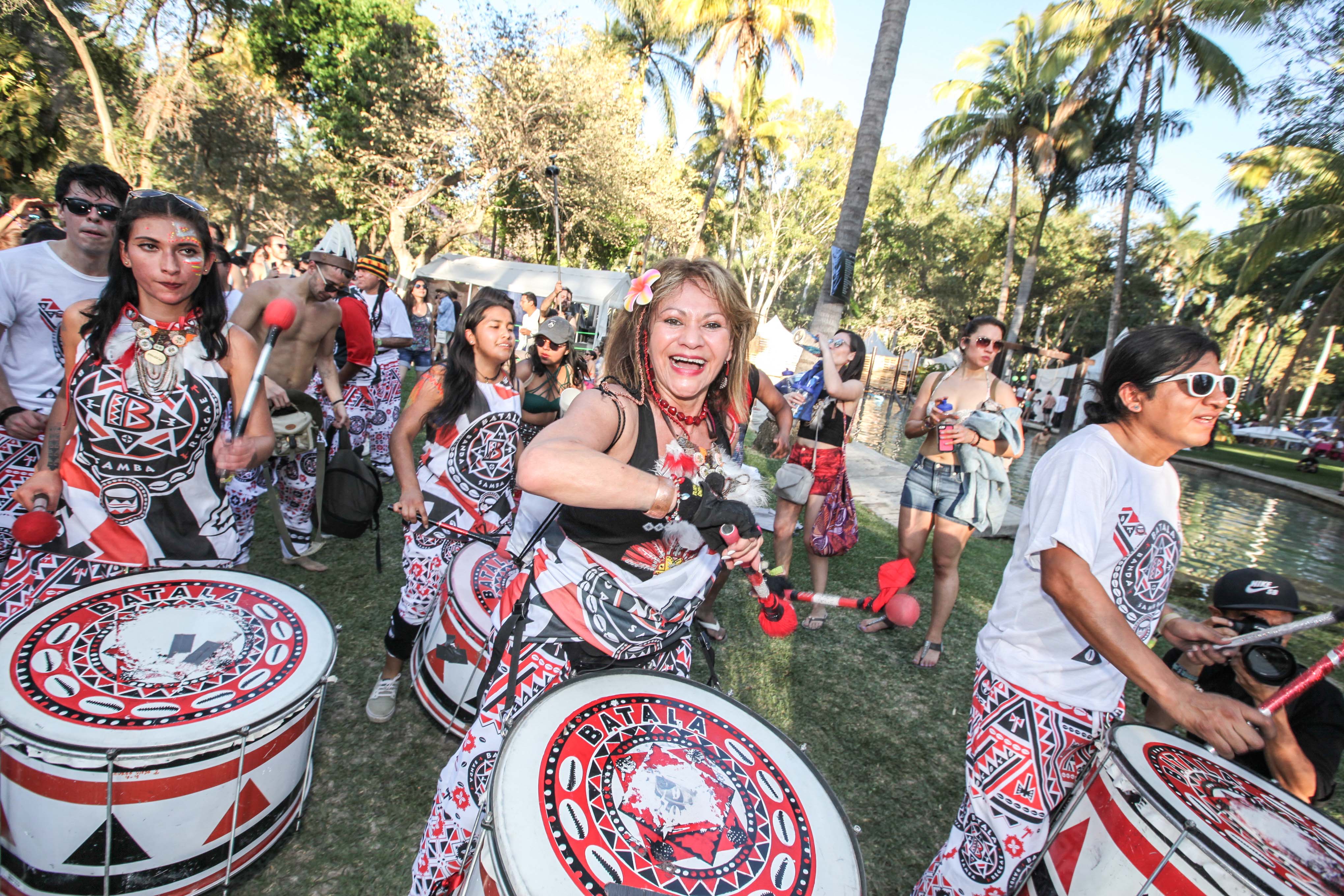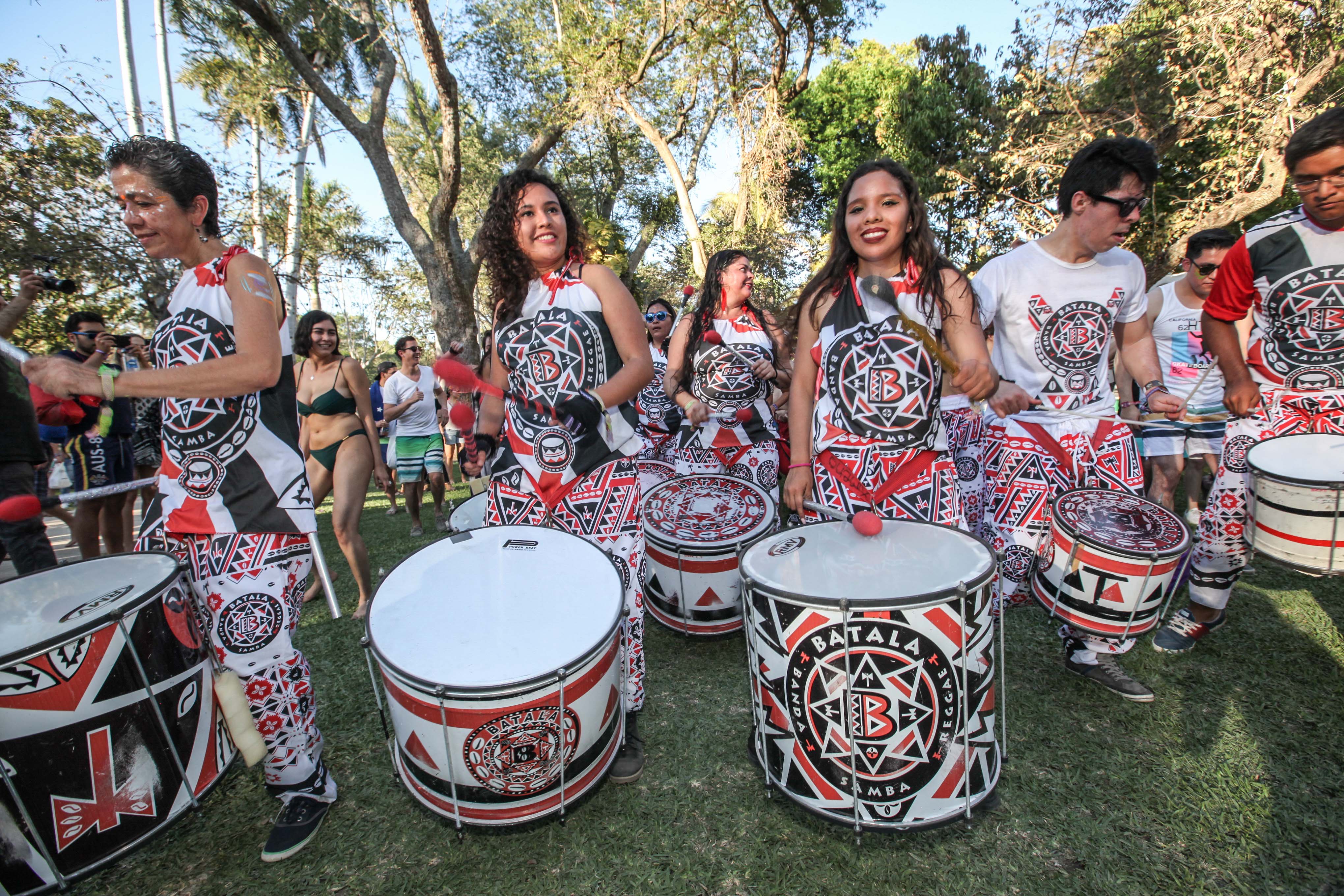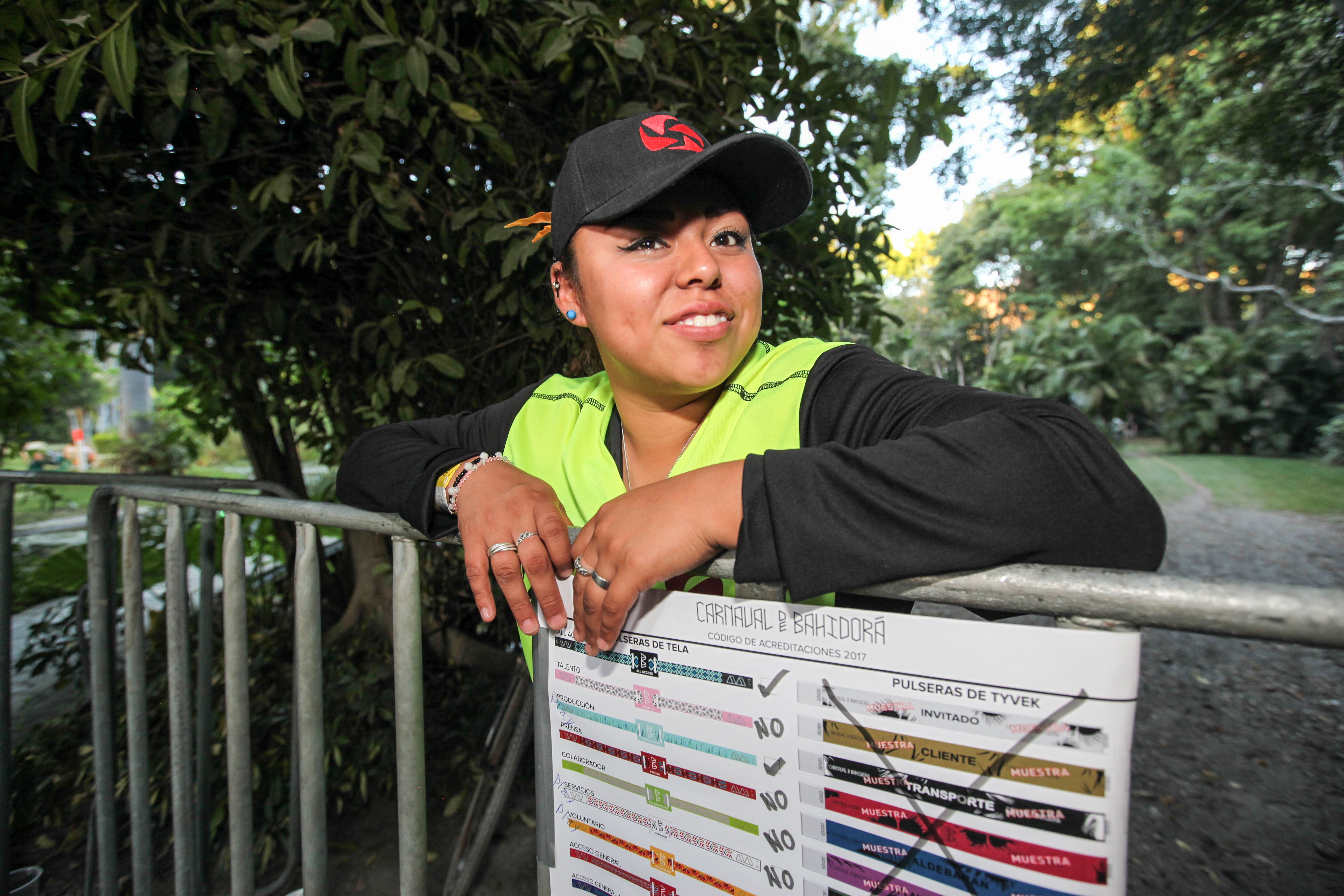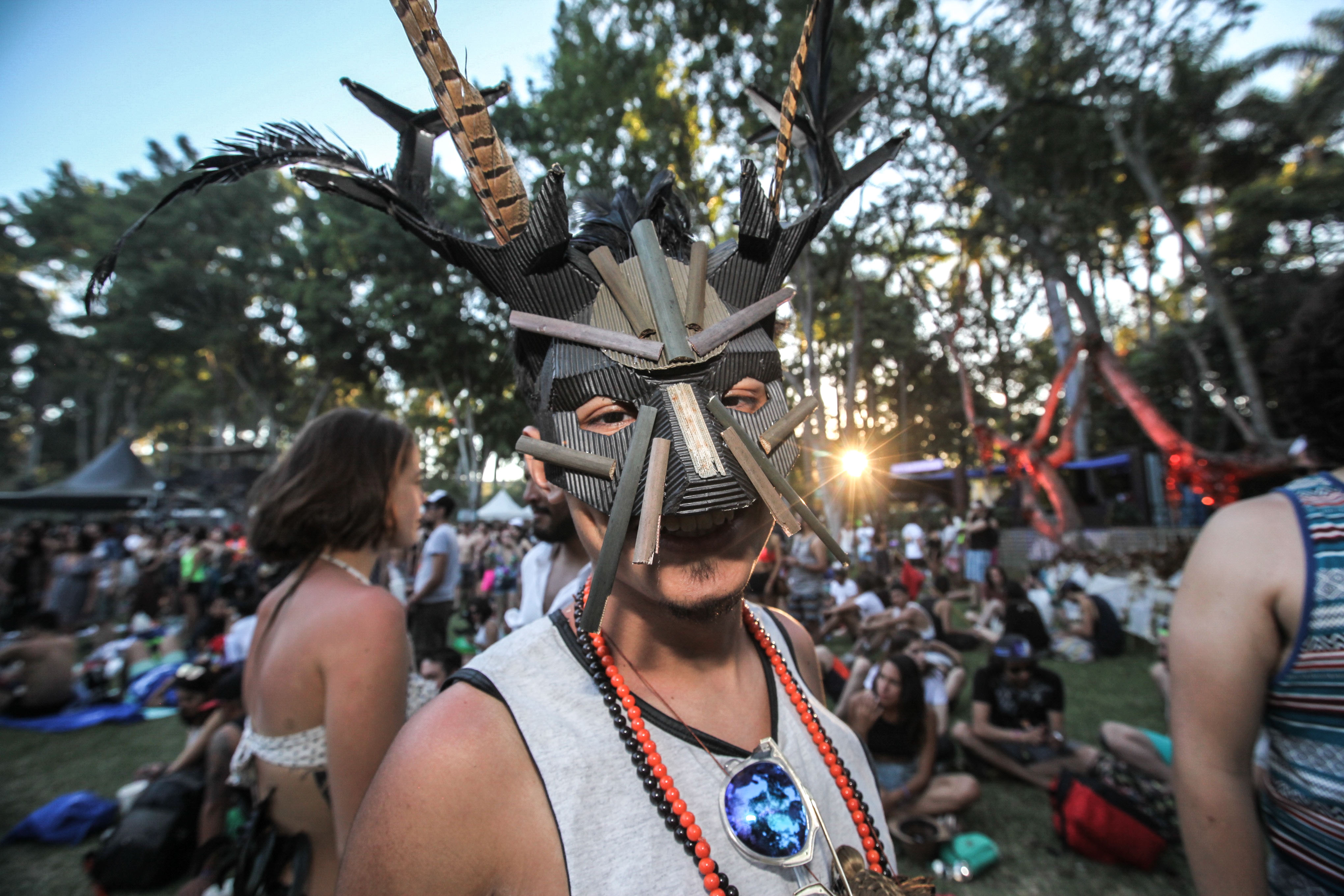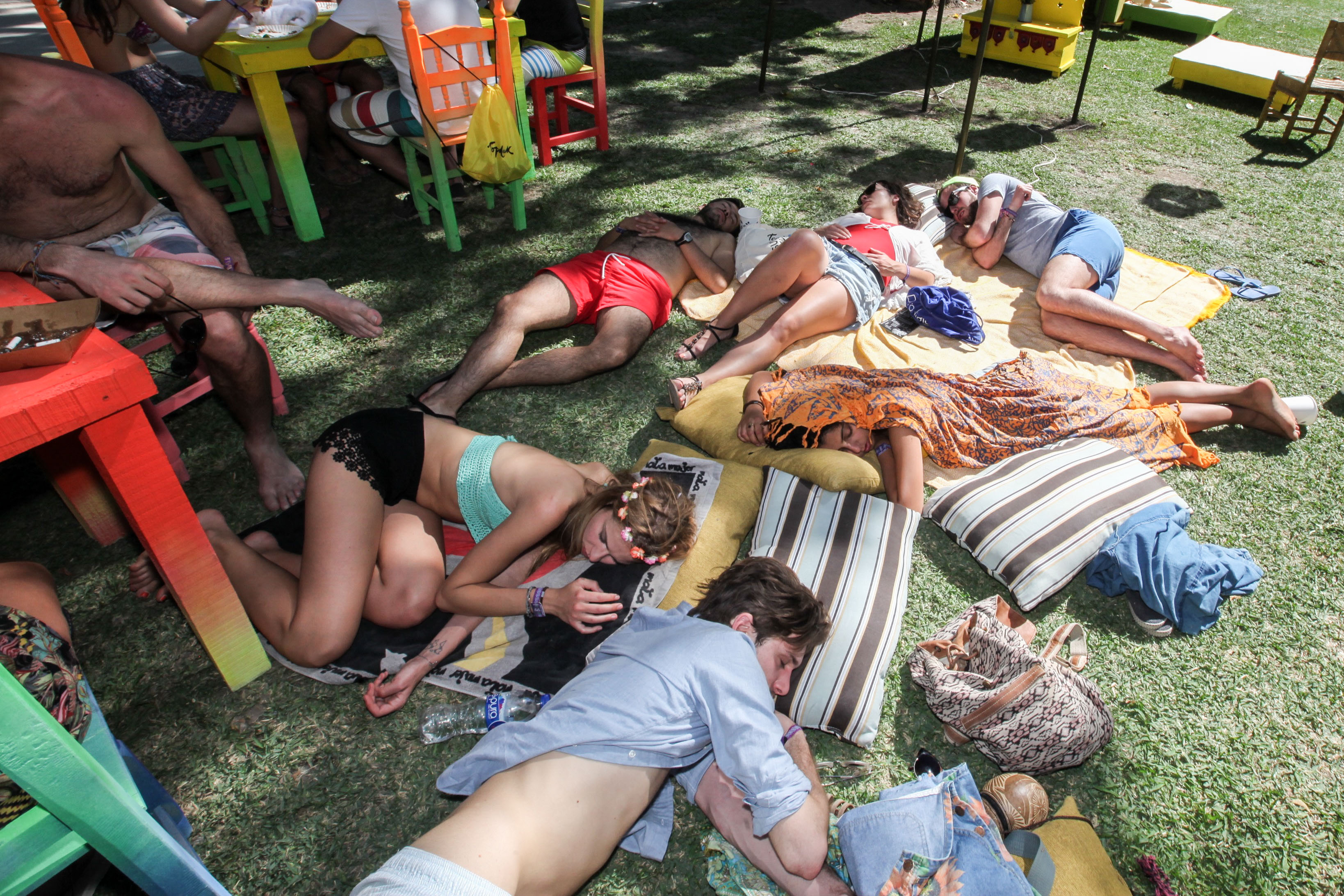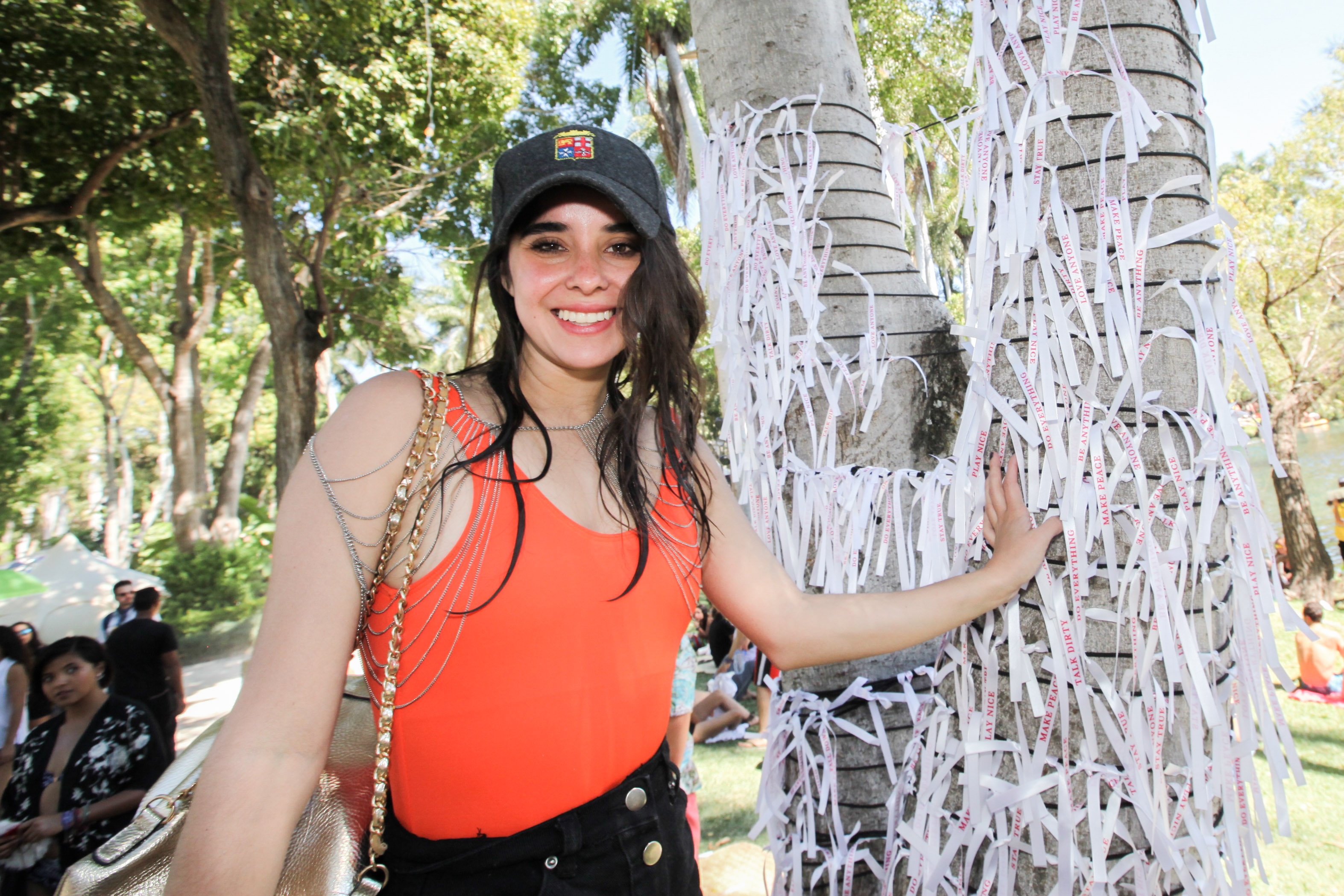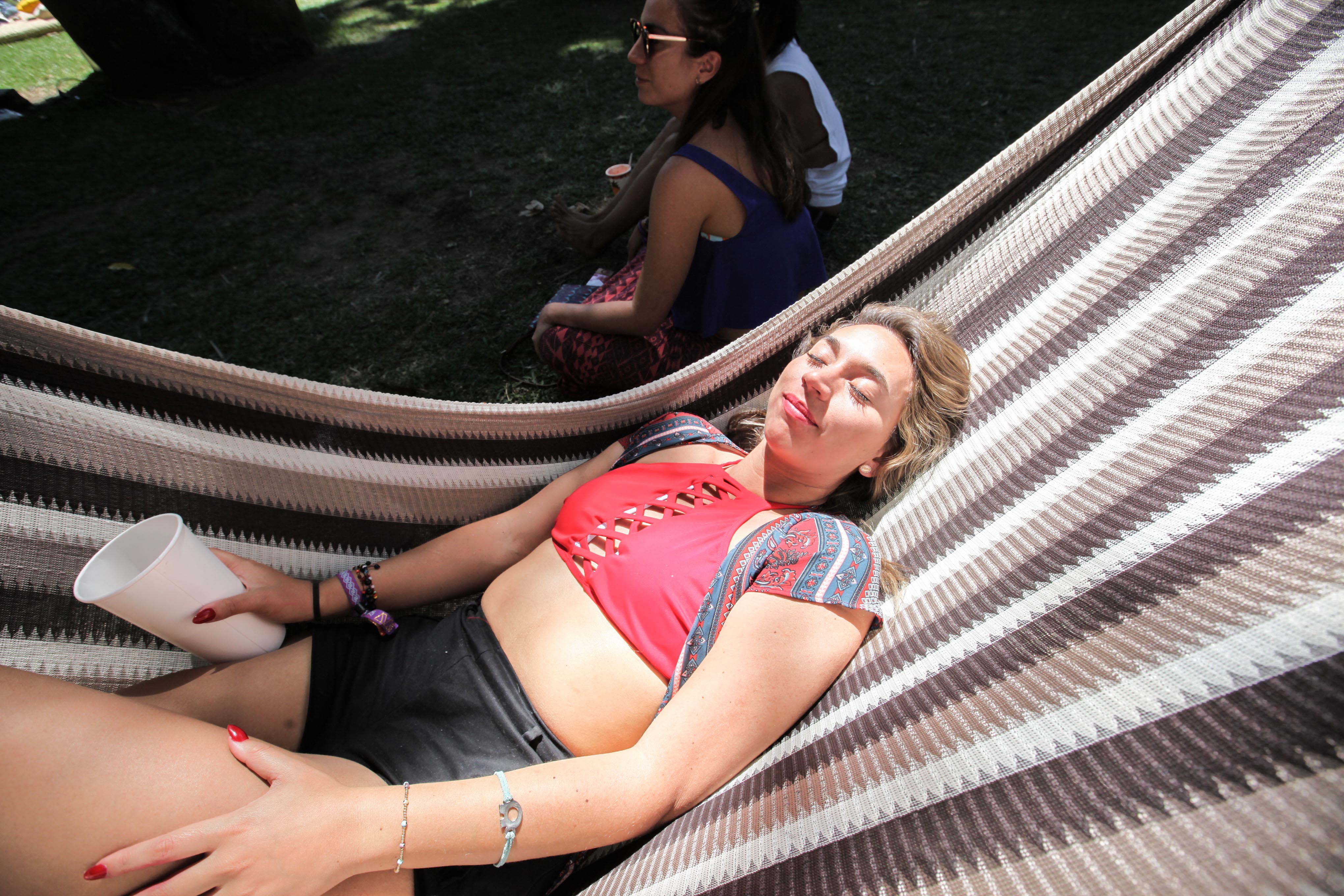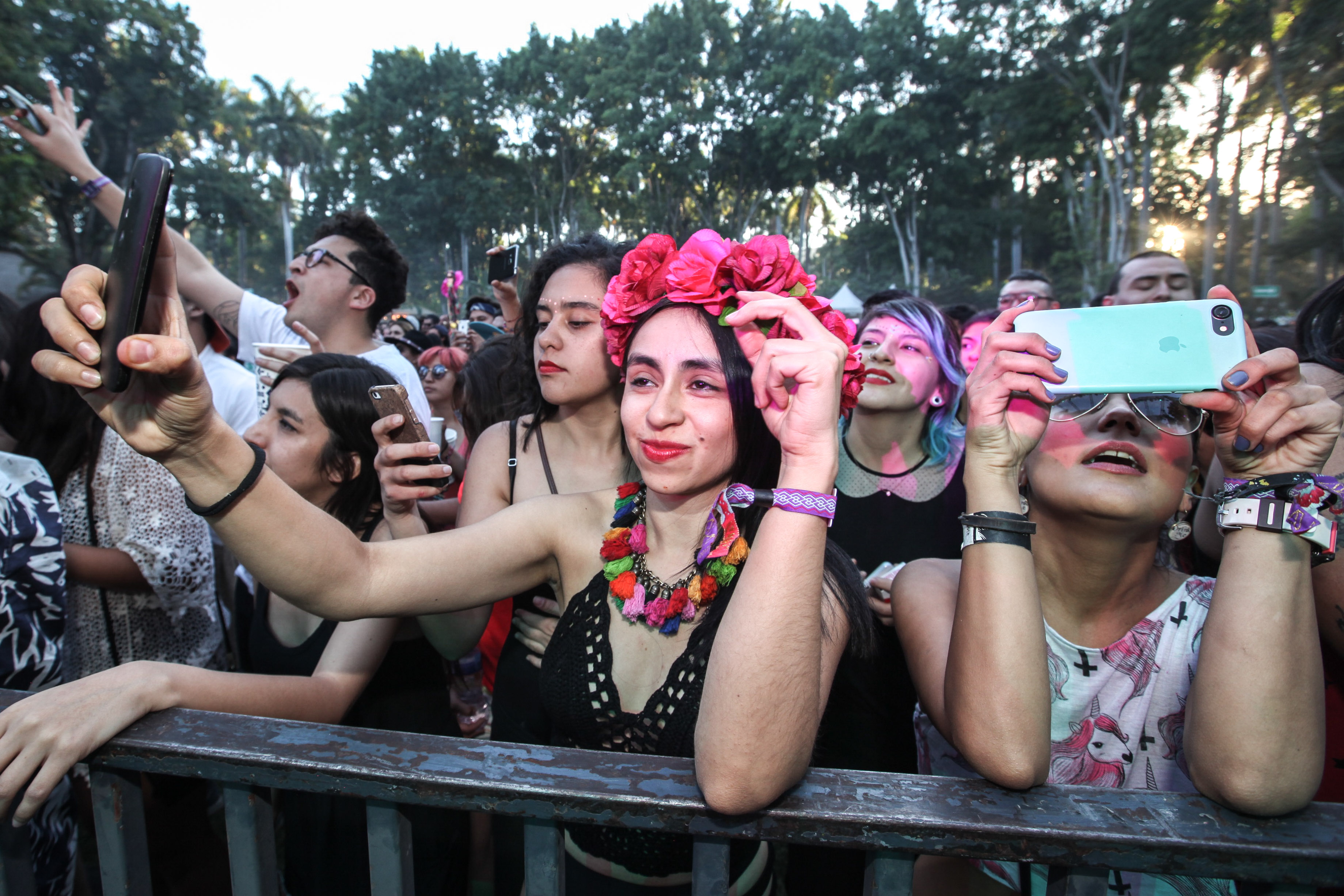The boutique Mexican festival Bahidorá returned to Las Estacas, Morelos this past weekend, drawing a crowd of both international partygoers and cosmopolitan locals. As in previous years, the festival tapped a lineup of underground club stars and local indie artists, with acts like Leon Vynehall, Florentino, Jubilee, Ali Gua Gua, and Wet Baes gracing its stages.
Highlights included retro R&B songstress Kali Uchis, who performed in an immaculate black lace two-piece on Saturday, covering Selena and Elvis Crespo along with hits from her beloved Por Vida EP. Florentino and Platt of Swing Ting closed out the festival around noon on Sunday, with a potent cocktail of soca, reggaeton, dancehall, and deconstructed club tracks.
As Mexican festival culture continues to grow on the global stage, events like Bahidorá are poised to play an important role. The idyllic surroundings cater to outsiders, raking in necessary tourist dollars. For locals, the festival offers respite, and theoretically, an escape from the persistence of cartel violence. As Noisey editor Claudia Jiménez told The Guardian in 2015, “Music festivals are important not just because this is what we have as an answer to the global music industry, but because in a country such as ours, it is really necessary to have an active cultural life to counteract violence,” she said. “Violence and crisis are our social reality and it’s devastating.”
But as Mexican festivals grow in scale, we are guaranteed to see cultures collide, as music fans with radically distinct backgrounds share spaces together. Princess Nokia’s set evinced this culture clash, as attendees donning native headdresses, props, and costumes peppered the crowd. The Nuyorican rapper, who is known for her commitment to social justice and reclamation of indigenous culture, forcefully asked attendees to remove the costumes. After five songs, Nokia hopped off the stage and ended her set early.
As Mexico develops its festival profile in the international context, organizers will be forced to contend with such ideological clashes. How can Mexican festivals position themselves on the global stage, while accounting for the divergent perspectives of diasporans, local tastemakers, and international festivalgoers? What responsibility do they have to ensure respect and safety for all participants (artists, attendees, security staff) as they grow in scale in the years to come? At Bahidorá, the Mexico City elite and visitors from distinct international contexts seek escape together, something that may be more elusive than platitudes about music and unity might have you believe. These are undoubtedly tough questions, and only time will tell how Bahidorá and other boutique fests tackle them. At the very least, Bahidorá intended to cultivate a spirit of positivity, community, and understanding.
Here’s what went down at Bahidorá this year:
Editor’s note: This post has been updated to clarify a point about Mexican music festivals and cartel violence.
All Photos by Hanna Quevedo for Remezcla

